Children's slippers for the home - are they necessary?
For years, older people have been instructing younger ones to wear slippers when they walk around the house. They scare them about "catching the wolf" and other serious consequences, such as bowed feet. However, according to recent studies, it's best for children to go barefoot as often as possible, as this way they stimulate all their muscles to work. So, the question remains - are slippers for the home necessary?
Walking in slippers vs. barefoot is a common topic of discussion in families between representatives of two different generations. According to older recommendations, the foot should be regulated from the very beginning, so as not to develop valgus or other foot defects. The "new school", on the other hand, shows that this is not the best solution, and it is more beneficial if the child goes barefoot. However, is this always the case? Maybe older people are a bit right?
Barefoot vs children's slippers - which is better?
A child's feet are made up mainly of cartilage, which is soft and prone to deformation. In order for them to strengthen and provide the body with proper support, they need to move, and when walking or running, nothing must restrain them. Therefore, it is best if they walk barefoot most of the time. Moving without shoes also has many other advantages, such as making the sole more sensitive to stimuli, so the child steps more gently and carefully on the ground.
However, there are situations when walking barefoot is not the best idea, especially in areas with slippery parquet or tile floors or cold floors. Well, then carefree running can end in an unpleasant fall, and walking on a cold surface can lead to hypothermia and the development of a cold as a result.
It also happens that children do not like to walk barefoot because they are hypersensitive to the texture or temperature of the surface. The only solution to these problems is the right slippers for the child, which will insulate the feet from the cold pavement and provide a safe environment for the little one to learn to walk.
What kind of slippers for a baby to choose?
A child spends up to a dozen hours a day in slippers, so you should not choose casual footwear. If you do not want them to develop foot defects during this time, you should ensure that the shoes you choose allow the muscles to work naturally and do not restrict their range of motion. The best models are those that:
- are made of natural, breathable material, such as leather, wool or cotton, like Befado slippers. Thanks to such fabric, the skin does not sweat excessively and the foot remains dry throughout the day,
- have a soft sole made, for example, of high-quality, flexible plastic, rubber or natural leather with non-slip patches, just like Amelka's slippers. In such shoes the child can freely operate the toes, which is essential for proper muscle development,
- contain a contoured leather insole, just like the SuperFit felt slippers. It provides the toddler's foot with support in the right places to prevent the perpetuation of physiological flat feet or valgus,
- They are lightweight, just like EkoTuptusie infant slippers. After putting on such shoes, the toddler will be able to shift his feet naturally, without any effort, so the process of learning to walk will go quickly and pleasantly.
Also pay attention to how to put on the slippers. It's worth ensuring that a two- to three-year-old can independently pull off and put on his home shoes without waiting for help from an adult. This is an easy way to boost his confidence and teach him independence. Slippers for home are necessary, but only in exceptional situations. Whenever possible, and conditions are favorable, try to get your child to move around barefoot. This is the best investment in his harmonious development.
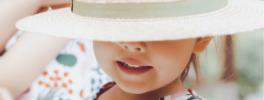
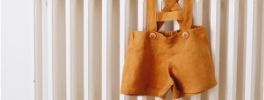
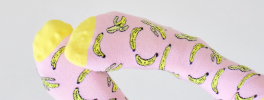
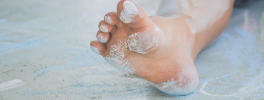
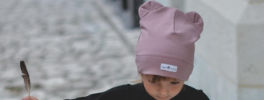
 Cookies
Cookies
comments (0)